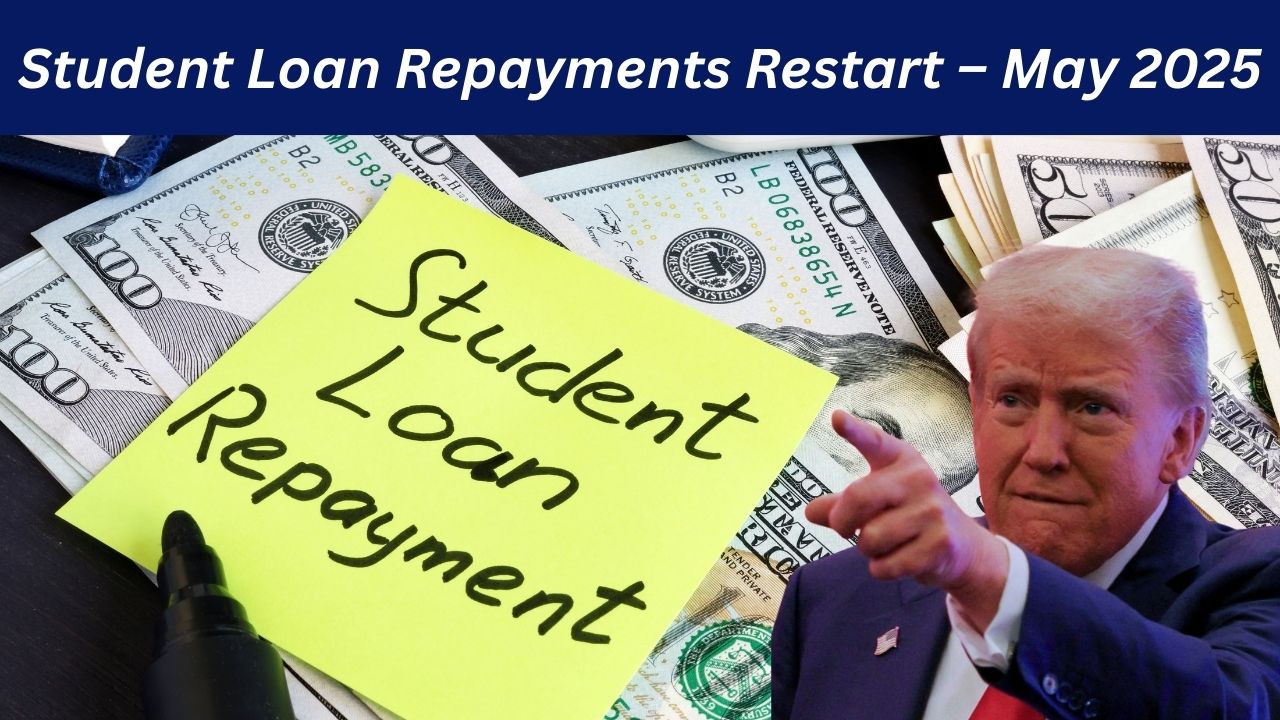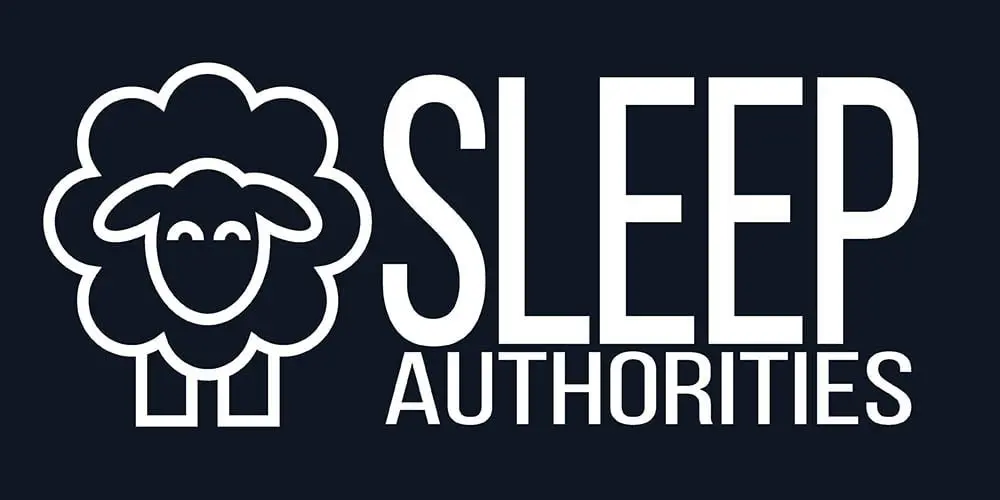The U.S. Department of Education has announced major updates regarding federal student loan repayments and forgiveness initiatives. Starting May 5, 2025, collections on defaulted federal student loans will officially resume. This move marks the end of a five-year pause implemented during the COVID-19 pandemic and signals a renewed effort to reengage borrowers and restore loan repayment systems.
Overview of Student Loan Forgiveness Update – May 2025
| Feature | Details |
|---|---|
| Announcement Date | April 21, 2025 |
| Collections Resume | May 5, 2025 |
| Borrowers in Default | Over 5 million |
| Total Student Loan Debt | $1.6 trillion |
| Repayment Assistance | Income-Driven Repayment Plans, Loan Rehabilitation, Loan Consolidation |
| Official Portal | studentaid.gov (information-only reference) |
Resumption of Collections on Defaulted Loans
Collections on defaulted federal student loans will resume on May 5, 2025. The Department of Education will reactivate programs such as the Treasury Offset Program, which can withhold federal payments (e.g., tax refunds, Social Security benefits) from borrowers in default. Additionally, wage garnishment notices will be sent later in the summer, enabling up to 15% of disposable income to be withheld directly from paychecks.

Current State of Student Loan Debt
- Total Borrowers: Approximately 42.7 million
- Total Outstanding Debt: Over $1.6 trillion
- Borrowers in Default: More than 5 million have not made a payment in over 360 days
- Late-Stage Delinquency: 4 million borrowers are 91–180 days behind on payments
- Active Repayment: Only 38% of borrowers are currently making payments
These numbers reflect the need for updated strategies and borrower outreach to ease the transition back to repayment.
Support Measures for Borrowers
To help borrowers reenter repayment successfully, the Department of Education is offering several support tools:
- Loan Rehabilitation: Allows borrowers to make nine consecutive on-time monthly payments within ten months. Successful rehabilitation removes the default status from credit records.
- Loan Consolidation: Combines multiple federal loans into one new loan. Borrowers must either enroll in an income-driven repayment plan or make three on-time payments beforehand. This option removes loans from default, but the history of default remains on the credit report.
- Income-Driven Repayment (IDR) Plans: Monthly payments are based on income and family size. Recent changes have streamlined the enrollment process and eliminated annual recertification requirements.
- AI Assistance Tools: New digital tools like an AI-based assistant and Loan Simulator are being deployed to guide borrowers through repayment options.
Discontinuation of Broad Loan Forgiveness
As of January 2025, the Biden administration confirmed the end of broad-based student loan forgiveness initiatives. Previously, over 5 million borrowers received forgiveness across multiple targeted programs, including:
- Income-Driven Repayment (IDR) Adjustments
- Public Service Loan Forgiveness (PSLF)
- Forgiveness for Borrowers with Disabilities
Moving forward, the Department is prioritizing sustainable repayment plans over mass cancellations. Borrowers are now encouraged to manage their debt through standard channels such as IDR plans or refinancing.
Timeline of Key Events
- March 2020: Pause on defaulted loan collections begins
- October 2023: General repayment resumes for most federal loans
- May 5, 2025: Collections on defaulted loans restart
- Summer 2025: Wage garnishment enforcement begins
Frequently Asked Questions (FAQs)
You should contact your loan servicer or the Default Resolution Group to explore rehabilitation, consolidation, or income-based repayment plans.
No, wage garnishment notices will be issued later in summer 2025. Borrowers are encouraged to act before then to avoid collections.
Yes, targeted forgiveness under PSLF, IDR adjustments, and disability discharge are still available for those who qualify.
You can enroll in an income-driven repayment (IDR) plan, which adjusts your monthly payment based on your income and household size.
Yes, federal loan consolidation is an option that removes loans from default, though it will retain the default history on your credit report.
Final Thoughts
The resumption of student loan collections in May 2025 marks a turning point in U.S. education financing. While broad cancellation efforts have concluded, millions of borrowers can still benefit from targeted support. With proactive planning and the tools provided by the Department of Education, student loan borrowers can reenter repayment successfully and restore their financial stability.
| Homepage | sleepauthorities.com |




